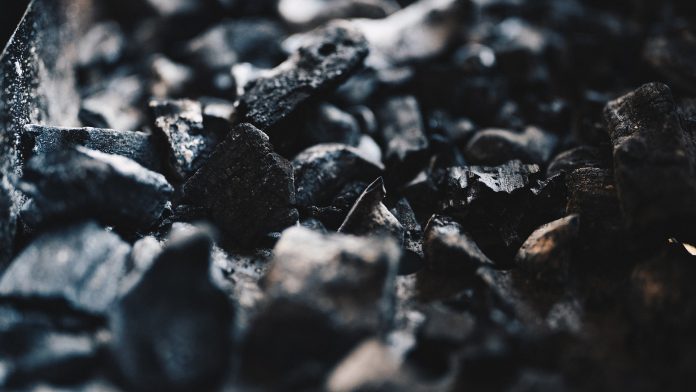Graphite mining and solid-state battery experts – Volt Carbon Technologies – outline their state-of-the-art air classification technology that propels graphite ore purification to unparalleled frontiers.
Volt Carbon Technologies (VCT) has recently applied for a new patent for its groundbreaking air classification system. VCT’s air classifier separates graphite ore into extremely high purity level graphite that is essential for powering a plethora of zero-emission technologies. The novel process has a range of benefits that will make it the premier method of graphite extraction, as it is more efficient, cost-effective, and environmentally friendly than other techniques, such as flotation processes.
Graphite – the essential ingredient of green technologies
As the planet collectively endeavours to reduce carbon emissions significantly, the production of climate-friendly technologies, such as the electrification of transport, will need to be ramped up dramatically to suffice the global demand.
Research suggests that to achieve the target of net zero emissions by 2050, there will need to be a fleet of more than 300 million electric vehicles (EVs) on the road by 2030, with electric vehicle sales making up 60% of new car sales.
Despite EVs becoming increasingly prevalent, the colossal scale of the manufacturing required to facilitate these goals will mean a substantial quantity of raw materials will need to be attained. Graphite is one of these vital raw materials, having multiple uses in vehicle electrification.
Bill Pfaffengerber, CEO and President of Volt Carbon Technologies, explained in a recent interview: “The World Bank is projecting that there will be a 500% increase in graphite demand over the next 30 years. Currently, around 65% of graphite is used in steel, so you can imagine where the remaining 35% is coming from – the electrification of vehicles. For example, in the anode of an EV lithium-ion battery, there are between 100 to 150 pounds of graphite.”
To ensure that these technologies remain sustainable, graphite will need to be obtained not only efficiently but also responsibly, criteria that some current methods failed to achieve.
Introducing VCT’s air classification system
Air classification is the method of separating particles based on their density, shape and aerodynamic properties. VCT has utilised computational fluid dynamics to advance its air classifiers. The company’s gravitational-crossflow air classifier pushes 12 mesh size material through the system horizontally, which is then further broken down by a diffuser. The particles are then sorted into bins at the bottom of the system.
Due to their weight, the denser particles settle faster, whereas the lighter particles are carried further along by the air current before settling. The classifiers’ airflow can be adjusted, meaning the system can be programmed to purify other material properties as required.
VCT is currently developing a novel proprietary system for refining large-flake graphite that leverages the aerodynamic differences between the flake graphite and the spherical surrounding material that is denser. The new system has shown excellent performance.
Pfaffengerber commented: “Our classifier has been in development for around eight years, and two years ago, we decided to simulate it, and the results were so phenomenal that we went after a new patent. Right now, we have a prototype that we’ve worked with for a year that we’ve tested on five or six ore bodies. In the next year, we’ll have a commercial-sized machine for processing graphite.”
VCT’s air classification system produces not only high-quality graphite at a purity of more than 90% but also boasts various advantages over other methods, such as traditional flotation processes that are more expensive and impact the environment.
Pfaffengerber explained: “The way that most mines produce graphite is they grind up the material dry and then use a wet process. They use water and a flocculent to float the graphite out in a process that requires a lot of CapEx. This means that you need to have a large ore body to justify the CapEx to produce graphite this way.
“Our technology has several advantages as it produces the graphite dry. The largest one is that processes involving water have a permitting process that takes years, whereas our process is an open-pit operation that is extremely easy to permit. Our air classification system also brings smaller ore bodies into focus that otherwise would not justify the CapEx to develop them.”
Volt Carbon Technologies’ air classification technology is going to pave the future of graphite production, and the company is currently targeting Ontario, where they plan to utilise their technology to explore small ore bodies that would otherwise not be economical.







